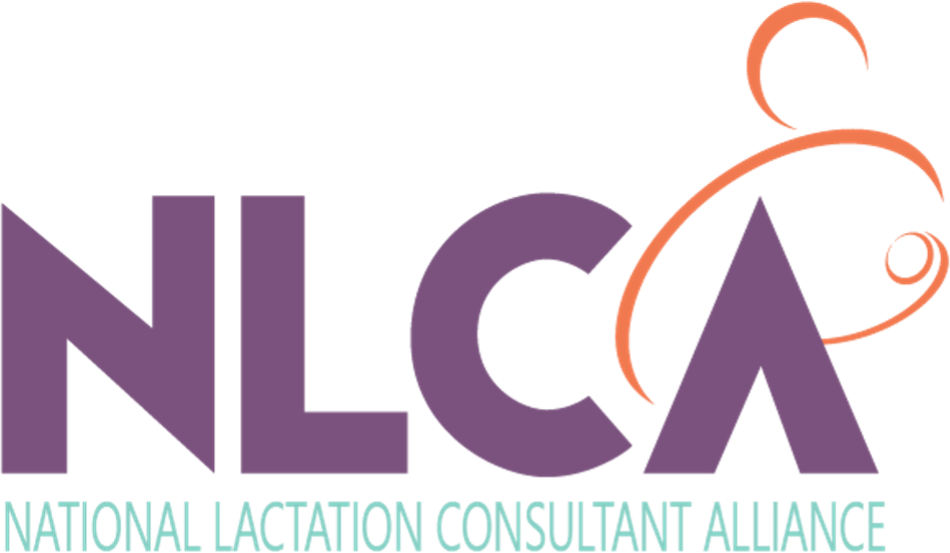The reduction of maternal morbidity and mortality is a vital national health priority.
However, suggested performance standards related to lactation care are missing from this call for comments regarding hospital inpatient prospective payment systems. Exclusive breastfeeding in-hospital and following discharge accrues optimal maternal health outcomes by mitigating pregnancy-related vascular risk. As little as one month of lactation was associated with a protective effect against high blood pressure that can persist for decades.1 Both systolic and diastolic blood pressures fall significantly during individual breastfeeding sessions.2 Breastfeeding reduces the occurrence of preeclampsia in subsequent pregnancies.3 Offering incentive payments to hospitals to provide exemplary lactation care may encourage them to engage in acquiring the Baby Friendly Hospital designation and/or undertake current best practices relative to breastfeeding care. Such best practices in lactation care can reduce maternal morbidities associated with pregnancy such as hypertension and postpartum depression.

Breastfeeding’s impact on post-partum depression
According to the Centers for Disease Control and Prevention between 10% and 20% of women who give birth each year in the United States suffer postpartum depressive symptoms.4 There is a statistically significant inverse relationship between breastfeeding length and risk of postpartum depression. As the number of weeks that women breastfeed increase, their postpartum depression risk decreases.5 The lowered risk of postpartum depression makes it vital that women receive exemplary lactation care both in the birthing hospital and post discharge.
Exemplary lactation care provided by the International Board Certified Lactation Consultant (IBCLC) should be available in every birthing hospital. Such availability ensures that mothers with acute or complex medical situations have access to the level of lactation care they require, helping to mitigate pregnancy-related adverse conditions. Of tasks performed by lactation consultants (IBCLCs), it was reported that 71% could not be deferred to the bedside nurse or non-clinician support person (lactation counselor).6 The Women’s Preventive Services Initiative (WPSI)7 in cooperation with ACOG and HRSA published breastfeeding clinical recommendations and implementation considerations. This document defines IBCLCs as clinical lactation professionals and differentiates them from lactation personnel who provide counseling, education, or peer support and are referred to as lactation counselors/breastfeeding educators and peer supporters. Not only is it important to have IBCLCs on staff at birthing hospitals but also to assure access to an IBCLC post discharge and for those community-based IBCLCs to be reimbursed by Medicaid so that families with low resources are not denied the lactation care they require due to the inability to pay for the services out of pocket.
Section 1886(o) of the Act requires the Secretary to establish a Hospital Value-Based Purchasing (VBP) Program, under which value-based incentive payments are made in a fiscal year to hospitals meeting performance standards established for a performance period for such fiscal year.
Performance standards for value-based incentive payments should include standards for exemplary hospital lactation care, such as:
- Appropriate IBCLC staffing on the mother/baby inpatient unit of 1 full-time equivalent (FTE) per 783 breastfeeding couplets; neonatal intensive care unit (NICU) inpatient of 1 FTE per 235 infant admissions8
- IBCLC availability 7 days/week including weekends and holidays
- Baby Friendly Hospital certification or working towards such certification
- Retain and use the Joint Commission’s PC-05 quality measure of exclusive breastmilk feeding during the newborn’s entire hospitalization with the goal of 80% of mothers reporting that their infant received no other food or drink other than breastmilk6
- Use of the Enhanced Recovery After Surgery (ERAS) protocols for cesarean deliveries.10 These protocols confer specific advantages to:
- the healthcare system – by facilitating earlier discharge from the hospital resulting in considerable cost savings
- the mother – by making her more comfortable and avoiding some of the side effects of surgery such as nausea, vomiting, slowed intestinal motility, pain, earlier removal of catheters and IV lines, less risk of infections (incision and lung)
- lactation – as some protocols use metoclopramide to enhance intestinal motility. This medication is known to improve lactation by enhancing prolactin. Decreased volume of IV fluids may cause less weight loss in the infant and avoid unnecessary formula supplementation. Avoidance of neonatal airway suctioning may improve the latching ability of the infant helping to prevent oral aversion. Use of non-opioid pain relief may decrease the occurrence of infants who are too sleepy to feed. Encouragement of immediate skin-to-skin care and breastfeeding in the operation room enhance positive breastfeeding outcomes
- exclusive breastfeeding was shown to significantly increase in the presence of ERAS protocols11
- Opioid-sparing postoperative pain protocols reduce the likelihood of creating opioid dependence
- ERAS may also reduce disparities in perioperative care by limiting the potential for implicit bias through standardizing protocols
- These protocols improve perioperative experiences, maternal satisfaction, and maternal infant bonding, suggesting some aspects of the protocol may mitigate the negative impact of the surgical episode and reduce the risk of postpartum depression
Proposed Establishment of a Publicly-Reported Hospital Designation to Capture the Quality and Safety of Maternity Care
A hospital designation that indicates quality in maternity care should avoid any confusing names. Avoid using the term “birthing-friendly hospital” as this is easily confused with the “Baby-Friendly Hospital” designation from Baby Friendly USA. Perhaps the following suggestions might be more appropriate as these refer to the quality of birthing care:
- Birth Star Hospital
- Better Birthing Hospital
Marsha Walker, RN, IBCLC
Vice President
National Lactation Consultant Alliance
marshalact@gmail.com
781 893-3553
1 Bauman, B.L., Ko, J.Y., Cox, S., et al. (2020). Vital Signs: Postpartum depressive symptoms and provider discussions about perinatal depression — United States, 2018. MMWR Morbidity and Mortality Weekly Report, 69, 575–581. DOI: http://dx.doi.org/10.15585/mmwr.mm6919a2external icon
2 Toledo, C., Cianelli, R., Villegas Rodriguez, N., De Oliveira, G., Gattamorta, K., Wojnar, D., & Ojukwu, E. (2022). The significance of breastfeeding practices on postpartum depression risk. Public Health Nursing, 39(1), 15-23. doi: 10.1111/phn.12969
3 Francis-Clegg, S., Francis, D.T., & Intermountain Healthcare Lactation Standardization Project. (2011). Improving the “bottom line”: Financial justification for the hospital-based lactation consultant role. Clinical Lactation, 2(1), 19-25.
4 https://www.womenspreventivehealth.org/recommendations/breastfeeding-services-and-supplies/
5 Mannel, R., & Mannel, R.S. (2006). Staffing for hospital lactation programs: recommendations from a tertiary care teaching hospital. Journal of Human Lactation, 22(4), 409-417. doi: 10.1177/0890334406294166
6 Baby-Friendly USA, Inc. (2021). Guidelines and evaluation criteria for facilities seeking Baby-Friendly designation, 6th edition. Albany, NY: Baby-Friendly USA, 2021. https://www.babyfriendlyusa.org/wp-content/uploads/2021/07/Baby-Friendly-GEC-Final.pdf
7 Peahl, A.F., Smith, R., Johnson, T.R.B., Morgan, D.M., & Pearlman, M.D. (2019). Better late than never: why obstetricians must implement enhanced recovery after cesarean. American Journal of Obstetrics & Gynecology, 221(2), 117.e1-117.e7. doi: 10.1016/j.ajog.2019.04.030
8 Teigen, N.C., Sahasrabudhe, N., Doulaveris, G., Xie, X., Negassa, A., Bernstein, J., & Bernstein, P.S. (2020). Enhanced recovery after surgery at cesarean delivery to reduce postoperative length of stay: a randomized controlled trial. American Journal of Obstetrics & Gynecology, 222(4), 372.e1-372.e10. doi: 10.1016/j.ajog.2019.10.009
9 Baby-Friendly USA, Inc. (2021). Guidelines and evaluation criteria for facilities seeking Baby-Friendly designation, 6th edition. Albany, NY: Baby-Friendly USA, 2021. https://www.babyfriendlyusa.org/wp-content/uploads/2021/07/Baby-Friendly-GEC-Final.pdf
10 Peahl, A.F., Smith, R., Johnson, T.R.B., Morgan, D.M., & Pearlman, M.D. (2019). Better late than never: why obstetricians must implement enhanced recovery after cesarean. American Journal of Obstetrics & Gynecology, 221(2), 117.e1-117.e7. doi: 10.1016/j.ajog.2019.04.030
11Teigen, N.C., Sahasrabudhe, N., Doulaveris, G., Xie, X., Negassa, A., Bernstein, J., & Bernstein, P.S. (2020). Enhanced recovery after surgery at cesarean delivery to reduce postoperative length of stay: a randomized controlled trial. American Journal of Obstetrics & Gynecology, 222(4), 372.e1-372.e10. doi: 10.1016/j.ajog.2019.10.009


